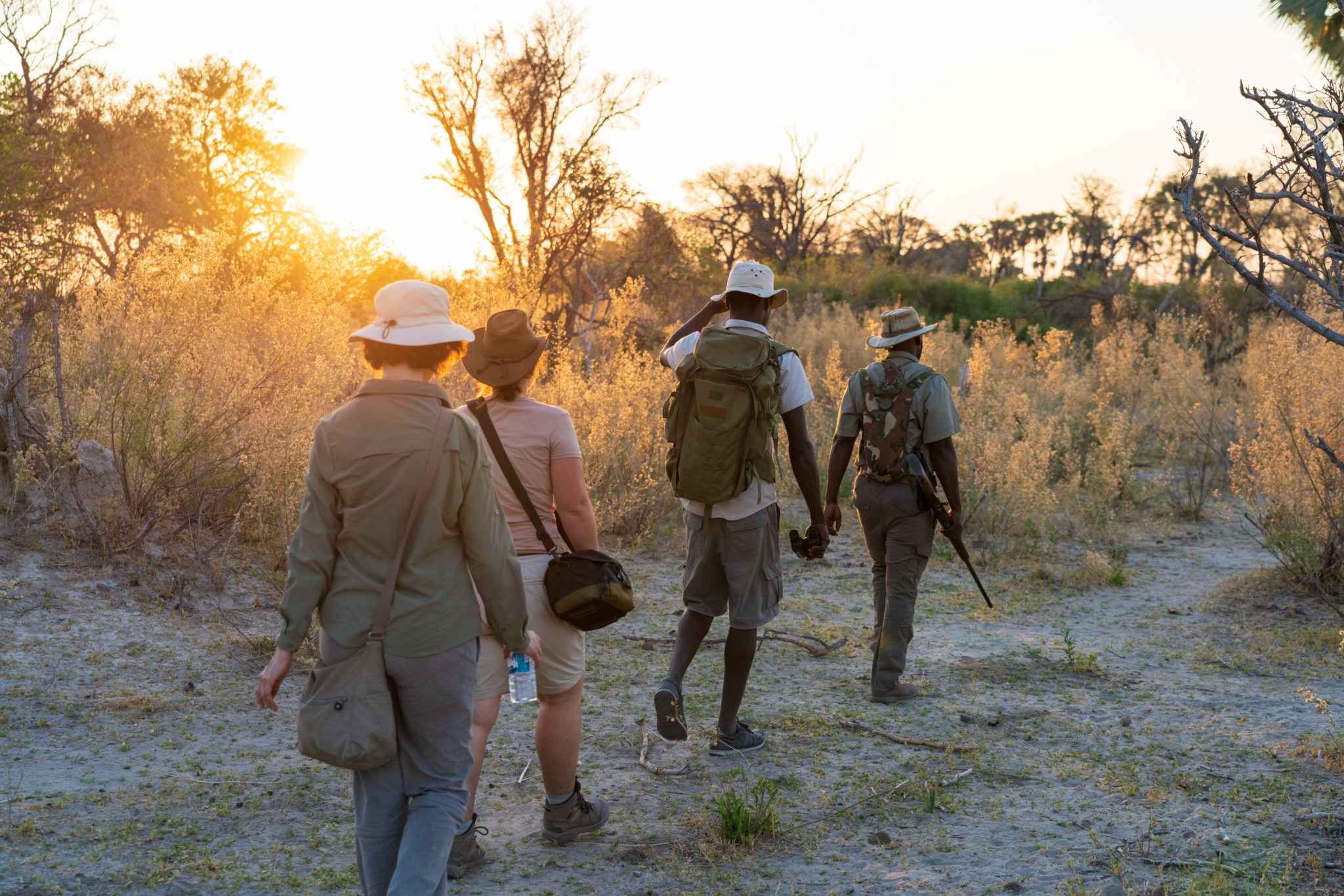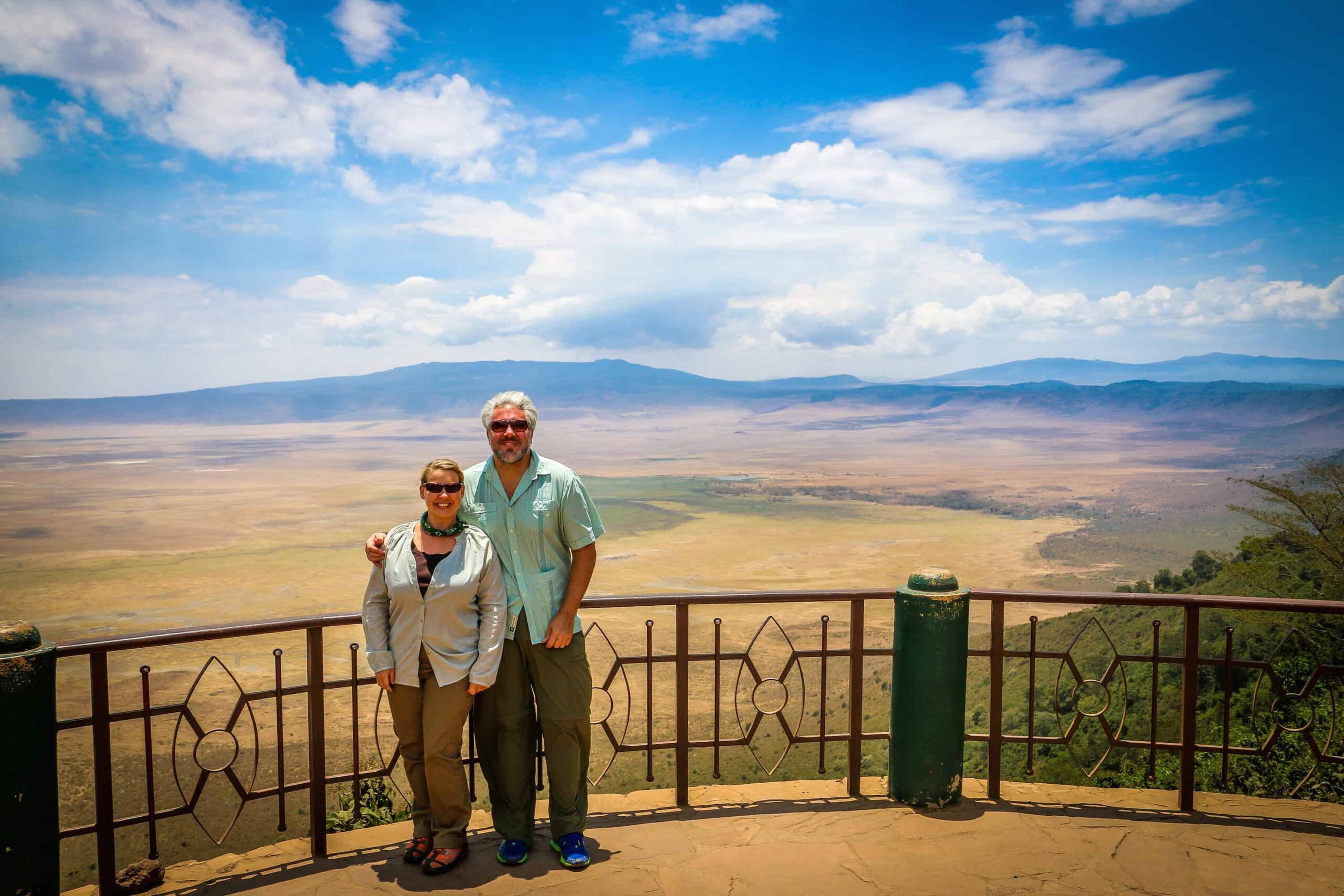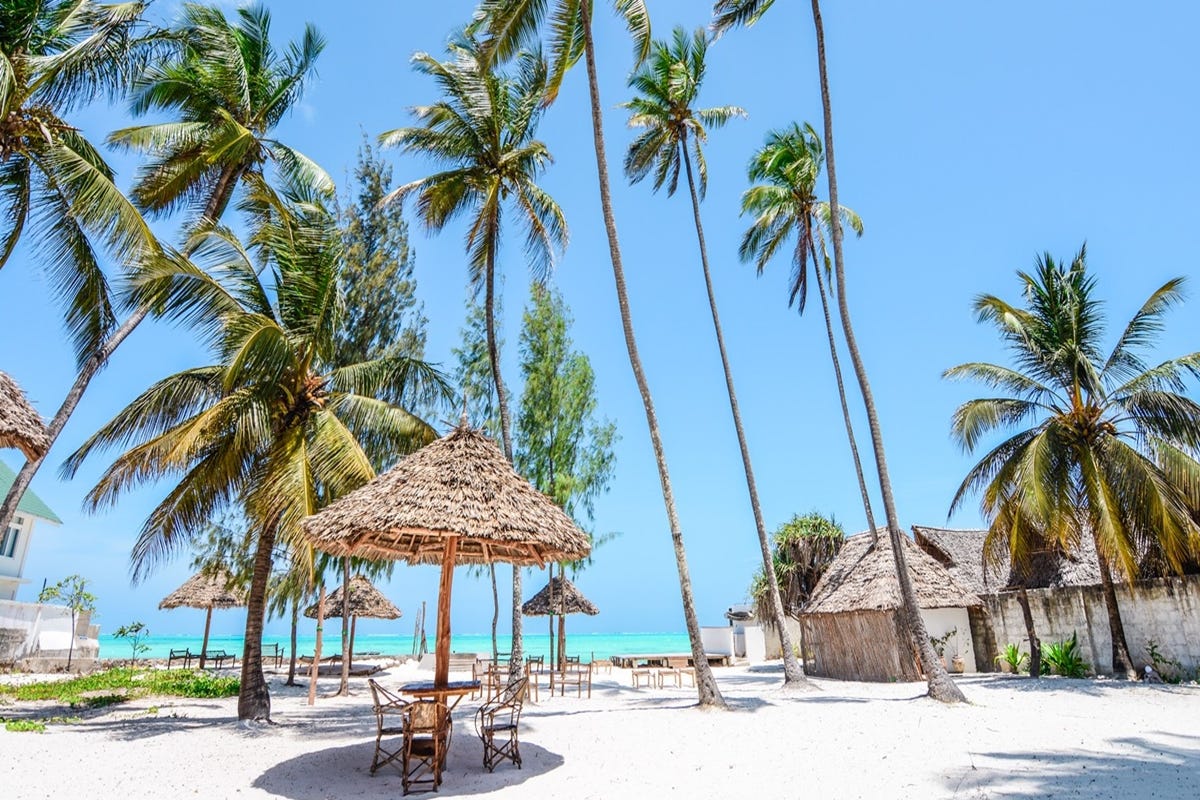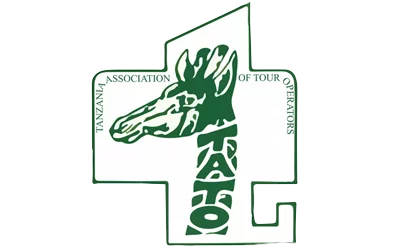Introduction
Embarking on an adventure of a lifetime is an enticing prospect. For adventure seekers, the question of “Kilimanjaro vs Machu Picchu, which one is harder?” often arises. In this comprehensive guide, we’ll delve into the details and compare these iconic destinations to help you decide which trek suits your preferences and abilities.
Kilimanjaro vs Machu Picchu, which one is harder?
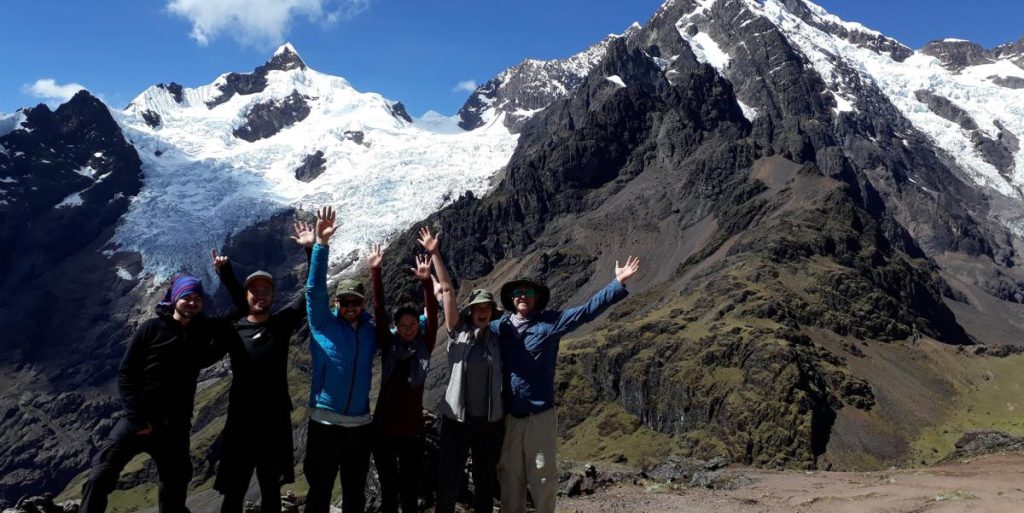
If you’re contemplating the ultimate challenge, you might wonder, which is more demanding, Kilimanjaro or Machu Picchu? Let’s explore the key factors that differentiate these two incredible journeys.
Altitude
Kilimanjaro: Scaling Africa’s highest peak, Kilimanjaro, is an altitude challenge. The Uhuru Peak stands at 19,341 feet, requiring trekkers to battle altitude sickness, making it a strenuous feat.
Machu Picchu: While the altitude at Machu Picchu isn’t as extreme, it’s not to be underestimated. The trek to the lost city of the Incas involves significant altitude changes, and visitors may still experience mild altitude sickness.
Terrain
Kilimanjaro: The climb up Kilimanjaro takes you through varied terrains, from lush rainforests to rocky alpine deserts. The diversity of landscapes can be physically demanding, especially on longer routes.
Machu Picchu: The Inca Trail leading to Machu Picchu includes steep ascents and descents, with uneven stone steps. The trail is challenging but doesn’t require the same level of endurance as Kilimanjaro.
Duration
Kilimanjaro: A typical Kilimanjaro trek spans 7-9 days. The prolonged duration can be physically taxing and mentally demanding.
Machu Picchu: The Inca Trail usually takes 4 days to complete, making it more manageable for those with time constraints.
Weather
Kilimanjaro: The weather on Kilimanjaro varies from hot and humid at the base to freezing temperatures at the summit. Trekkers must be prepared for extreme weather conditions.
Machu Picchu: The weather is more stable on the Inca Trail, with mild temperatures during the day and colder nights. This consistency can be advantageous for trekkers.
Trek Experience
Kilimanjaro: Climbing Kilimanjaro is more of a high-altitude hike rather than a technical climb. Trekkers need stamina, determination, and the ability to adapt to changing conditions.
Machu Picchu: The Inca Trail is a hike through stunning scenery, offering a historical and cultural experience along with physical challenges. It’s well-suited for hikers who appreciate historical significance.
FAQs
Q: Which trek is more affordable?
A: Generally, Machu Picchu is more budget-friendly, considering travel expenses, permits, and equipment rental.
Q: Do I need special training for these treks?
A: While physical preparation is essential, no technical training is required. Cardio and endurance training can be beneficial.
Q: Are guided tours recommended?
A: Yes, for both treks, especially if you’re not experienced. Guides provide support, knowledge, and ensure safety. Read what other people say about Safari Nuggets in TripAdvisor.
Q: Which trek offers better scenery?
A: Both are breathtaking, but Kilimanjaro offers diverse landscapes, while Machu Picchu boasts historical marvels.
Q: How do I combat altitude sickness?
A: Acclimatization is key. Go slow, drink plenty of water, and consider medication if advised by a doctor.
Q: Which trek has fewer crowds?
A: Kilimanjaro tends to be less crowded than Machu Picchu. Choosing the right time to go can further minimize crowds.
Conclusion
In the end, the choice between Kilimanjaro and Machu Picchu depends on your preferences and abilities. Kilimanjaro offers a more physically demanding and diverse trek, while Machu Picchu combines history with challenging hiking. Whichever you choose, both adventures promise incredible experiences and lifelong memories.

